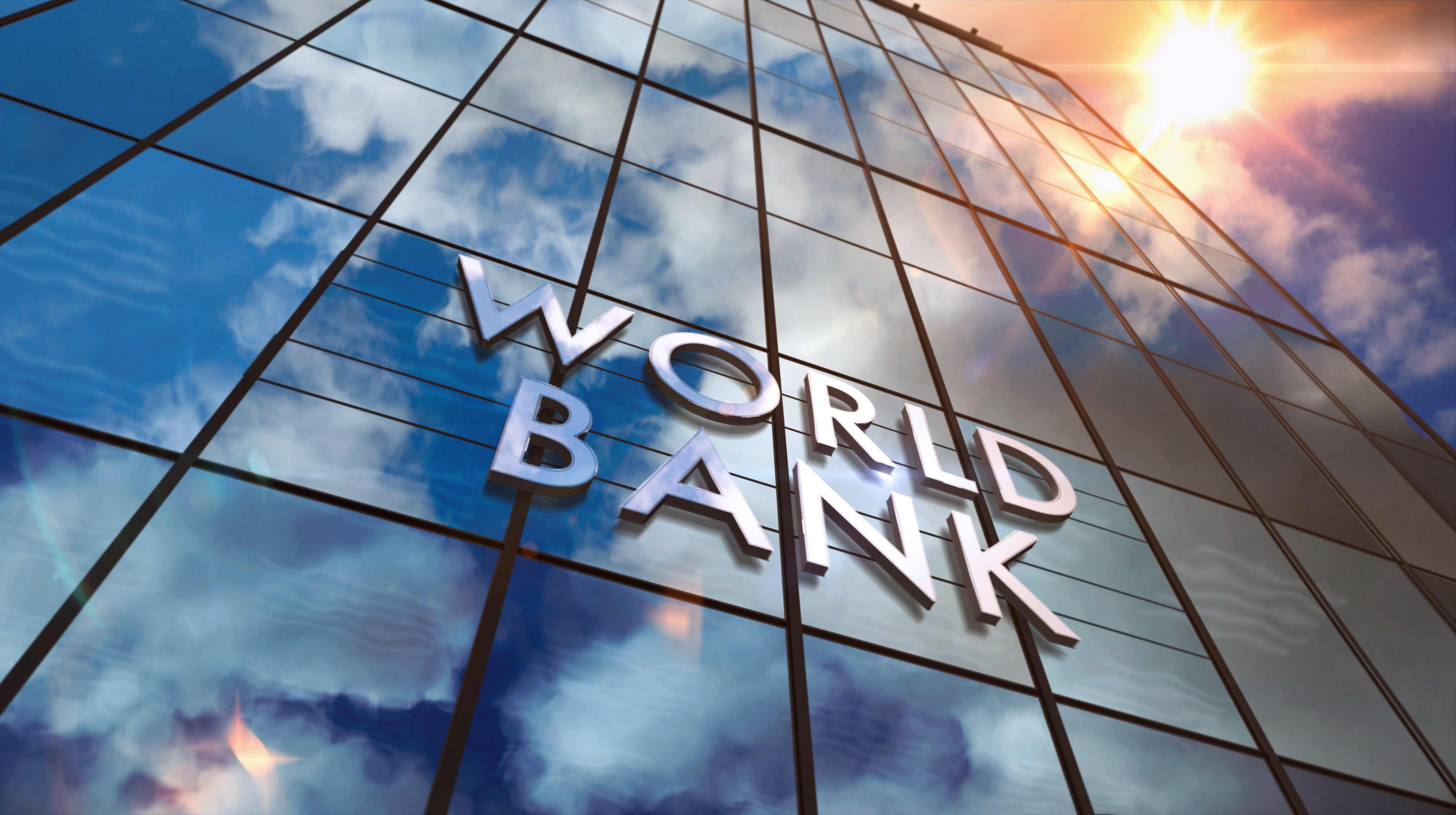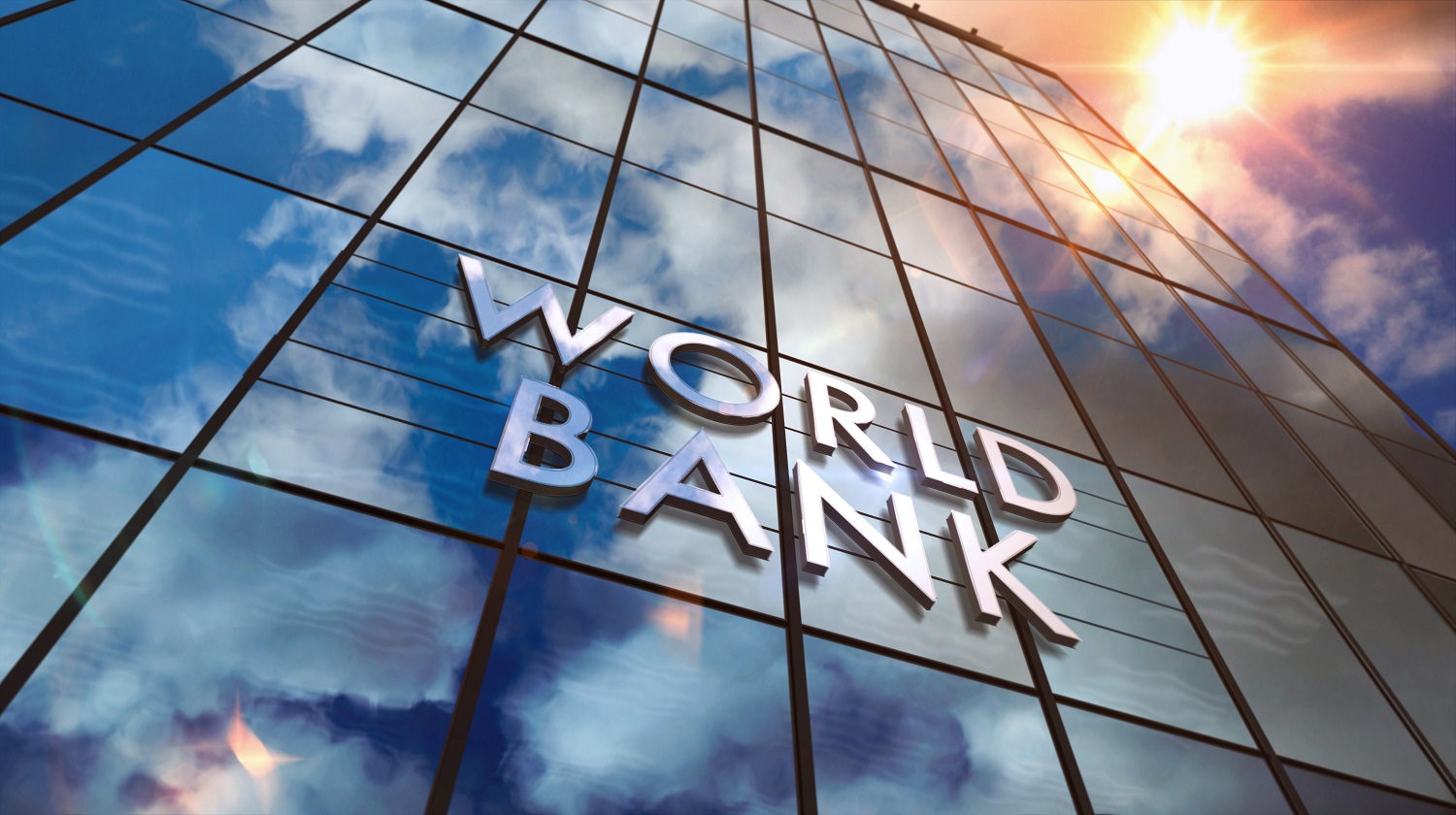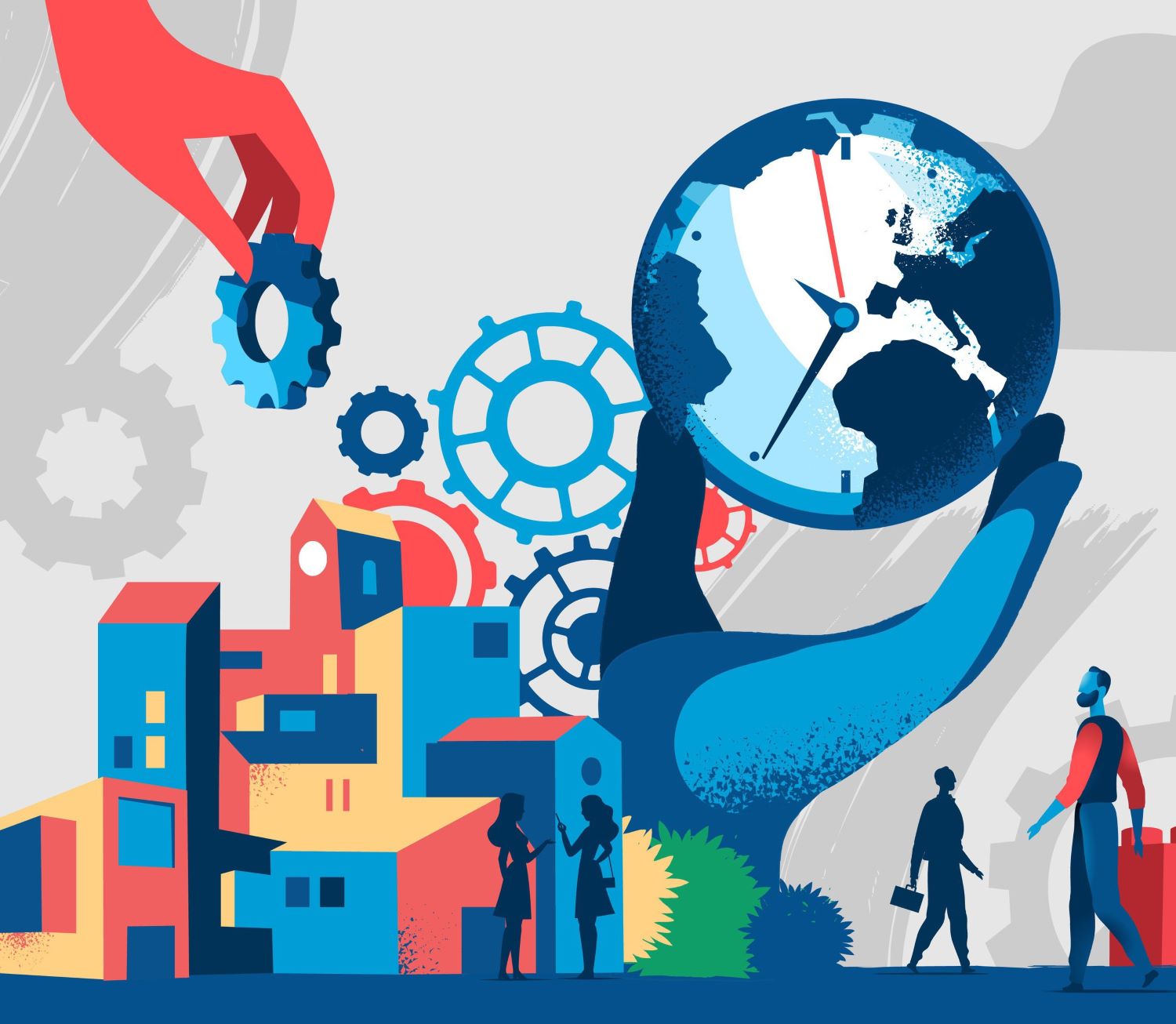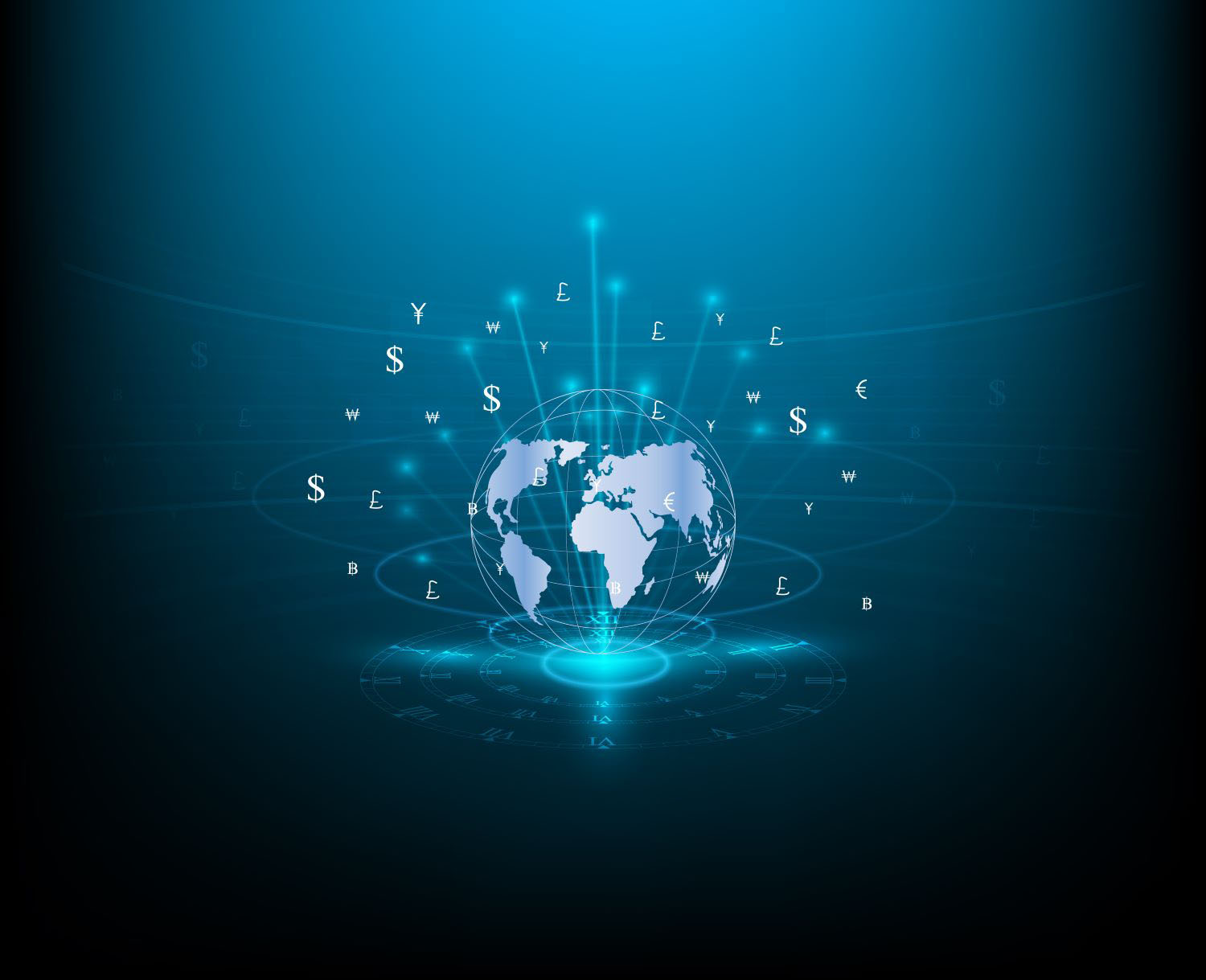Recommended
Ajay Banga has begun his mandate as the newly elected President of the World Bank. Several blogs and papers have been written offering advice on what his priorities should be. Most suggestions assume that the World Bank President's office is a very powerful lever that can significantly change the organization and have an impact in the developing world. However, compared to high expectations, the track record of recent World Bank Presidents has been frequently disappointing. Robert MacNamara is still cited as the president who oversaw the most significant transformation of the Bank, but that was accomplished more than four decades ago, during the Bank's largest expansion ever.
Ajay Banga needs to decide what he wants to do as well as how to do it. He requires a theory of change, the sequence of actions that will allow him to arrive where he wants to go. Evidence suggests that leaders primarily draw their theories of change from their own expertise in exercising power. Despite coming from a successful corporate background, Ajay Banga will have to adapt his theory of change to meet an institutional dynamic that is significantly different from that of a for-profit organization. The first step in that direction is having a thorough understanding of the true power of the office.
Power vested in the World Bank President’s position results from three sources: (i) first, formal authority as outlined in the Articles of Agreement; (ii) second, informal power, which is the position's capacity for influence beyond statutory authority, derived from internal and external recognition; and, (iii) third, the context in which the position is taken could either broaden or tighten his authority, depending on external challenges and shareholders’ appetite for change. Out of the three, the informal and contextual elements are crucial to grasping the true power of the World Bank President. This unwritten part of the actual power of the job makes the background and skills of the president, critical for effectiveness.
Formal authority is divided with the Board of Directors
Compared to those of the CEO of a large company, the President's powers under the Articles of Agreement are quite limited. They were conceived as the functions of the secretary of a small international organization where all relevant decisions would be made by the member countries. The President is given discretionary power over administrative, operational, and organizational matters, “under the direction” of the Board of Directors. This extensive power over the Bank bureaucracy has become more important as the organization has expanded greatly. The President's internal management of the bank is constrained less by formal restrictions than by bureaucratic autonomy and inertia.
The Board of Executive Directors meets in “continuous session”, which was taken to mean a permanent residential body. It approves policies, strategy documents, and operational instruments; makes the most relevant financial decisions; approves the administrative budget; and decides on individual lending operations. This system of overlapping responsibilities was referred to as “co-management” in the 2009 Zedillo Report, which examined the Bank’s governance at President’s Zoellick request. The report recommended that loan decisions be delegated to the President. The Board’s legal authority to make the final decision undercuts a potentially more productive role to review overall institutional performance and exercise accountability against goals.
The "McCloy coup" gave the President's nominal, albeit restricted power, a boost. John F. McCloy, the second President of the Bank, accepted the position on the condition that the Board could only consider policy or loan proposals made by management. The World Bank became a president-led organization, and the administration was granted the monopoly of initiative. The combination of bureaucratic authority and initiative gave the presidents the power to grow and incrementally adjust the institution to the interests of its shareholders. The Board kept the authority to make decisions but with little control over the content. The key levers left to the Board were negative power to oppose decisions and shame power to criticize management or even impeach the President in the case of unethical behavior.
Frictions between the President and the Board have been frequent, especially when the President has tried to alter the status quo. The President’s theory of change will need a strategy for handling the Board, choosing between tactics that range from starving it to overfeeding it. Ajay Banga has probably already been told how much better off he would be without a resident board at this time. However, in the context of a multi-principal with conflicting interests and preferences, governance could turn even harder without a Board of Directors. Still, a Board focused on accountability rather than making decisions, would strengthen governance.
Informal power almost has no boundaries
Informal authority is acquired, not given, but the World Bank President's office has built up a significant amount of it that is transferred from one President to the next. This means access to the most important decisionmakers in the world. The President is treated as a head of state and holds a prominent position in global networks that offer huge collaboration and brokerage capabilities. He attends meetings of the G20 heads of state and of the G7 finance ministers and takes part in high-level gatherings of public and private sector executives. The World Bank is also acknowledged as the leading institution by its peer multilateral development banks, giving the President significant influence in providing guidance and setting the standards.
The office is probably the most influential position in the world to shape thinking on economic development, supported by the organization's extensive knowledge base. This attracts the attention of an international audience interested in policy analysis and recommendations for the global economy. His selection of policy priorities has a significant impact on both national economic policies and international and national development agencies. His standing is not only taken as a technical position but as a moral and knowledgeable compass on complex topics like poverty, inequality, climate change, and governance. Robert MacNamara and James Wolfensohn, two influential World Bank presidents, are perhaps better renowned for their contributions to development ideas than for the rise in lending throughout their terms.
Context is the habilitating factor of formal and informal power
In a moment of transformation, like the one we are currently experiencing, this formal-informal power dynamic is amplified. Concerns have been raised about the World Bank's declining relevance. In middle-income nations with access to alternative funding mechanisms, the Bank's appeal has been reduced due to slow processes and high transaction costs. Furthermore, most of the world's extreme poverty is concentrated in fragile and low-income nations where the Bank's track record is anything but stellar. Reviving the World Bank is perceived as crucial to address global challenges like pandemic preparation, climate change or migration. More resources will be needed to deliver on an ambitious agenda as well as a new operating business model, as shareholders have already requested.
The World Bank Evolution Roadmap is the President’s immediate challenge. He will need to determine his goals for it and how this initiative fits into his theory of change. In terms of proposing a new business model, the document has so far fallen very short of expectations. A diagnosis of the problems the Bank faces as an institution is missing; reading the document, it would appear that the World Bank can solve all the problems of global development if just granted more resources. President Banga needs to be more specific and ambitious about the additional resources needed, where will they come from, and, even more importantly, how these resources will produce greater results. On the resources, it is difficult to see how they will come only from stretching the balance sheet and levering the private sector. On the results, the Bank must adapt its operational model to achieve greater scale and impact, moving towards a more programmatic application of resources. Shareholders, especially non-borrowers, will need to hear some uncomfortable truths, like the need for more capital and the unnecessary weight they have kept adding to the Bank’s business model with fiduciary and safeguards requirements. The President needs to make up his mind on whether and how shareholders are to confront these issues.
President Banga must also decide on the internal and external actors who will make up his coalition for change. Who will be on his senior management team will be a topic of considerable internal discussion in the first few weeks. The President has a great deal of freedom in choosing his team, but that freedom can easily lead to recruiting mistakes. He needs a diverse team of advisers ready to provide unwelcome and sometimes contradictory advice. It would be wise to commit to an open, meritocratic, and highly competitive hiring process. This will also protect him from shareholder pressure to fill the top jobs. He will need to think twice before starting a new reorganization. There are other subtler and less costly ways to provide guidance. If President Banga pushes a theory of change that relies heavily on standard managerial tools with the hope of reaching the same outcomes as in a business, he will be disappointed.
To effect change, he will also need to lead a powerful coalition of shareholders. Different interests and preferences exist among them, and their willingness to reform needs to be put to the test. When he met US Vice President Harris and Treasury Secretary Yellen the before taking office, he was giving a signal. However, he needs a much wider base and the capacity to challenge the Bank’s largest shareholder if necessary. Middle-income countries are crucial for the emerging coalition. It is worth noting that his first travel as President has been to Peru, a middle-income country that needs the Bank more for technical than for financial support and that he made the visit jointly with the President of the Inter-American Development Bank. It is a hopeful sign of a much-needed more integrated strategic approach. If President Banga wants to imply that he is prepared for the greatest challenges, there is a struggling nation in the Caribbean only 800 miles from the US where the international community has repeatedly failed to make a difference. Haiti is worth a quick visit at a very difficult time.
Finally, the world’s public opinion will pay close attention to President Banga’s messages. It will listen to what he says but also to where and in what context he speaks. These are all signals on where he wants to stand in the debate over development and climate change. The World Bank has historically relied on concepts and theories with a strong technocratic bias originated in the developed West. When those ideas are introduced in the highly political and context-specific settings of individual developing nations, they don’t work as well. If he wants to signal that he understands where global public opinion is, and hears the complaints of developing country shareholders, perhaps he should speak about development effectiveness standing in a country which is the source of the ideas and which has demonstrated their impact. To be more relevant the Bank needs not only more decentralization of staff but also of knowledge production.
President Banga has a challenging task ahead of him, steering the Bank through another major transformation, and he will have no shortage of suggestions and policy proposals on what to do. But his likelihood of success will depend not just on his ideas, but on how he uses the levers of power available to him to execute his theory of change.
Disclaimer
CGD blog posts reflect the views of the authors, drawing on prior research and experience in their areas of expertise. CGD is a nonpartisan, independent organization and does not take institutional positions.
Image credit for social media/web: Adobe Stock







